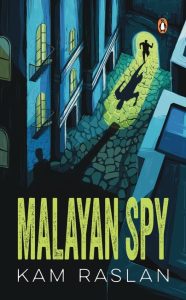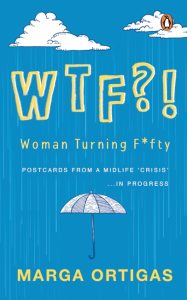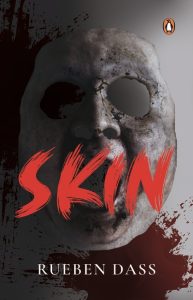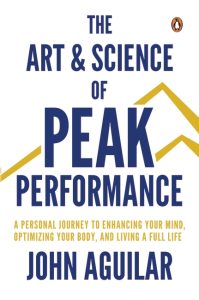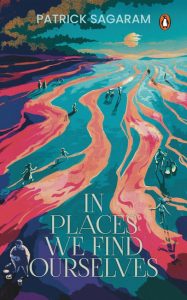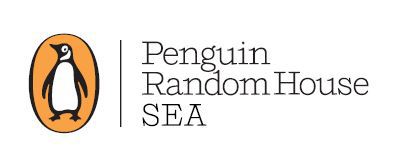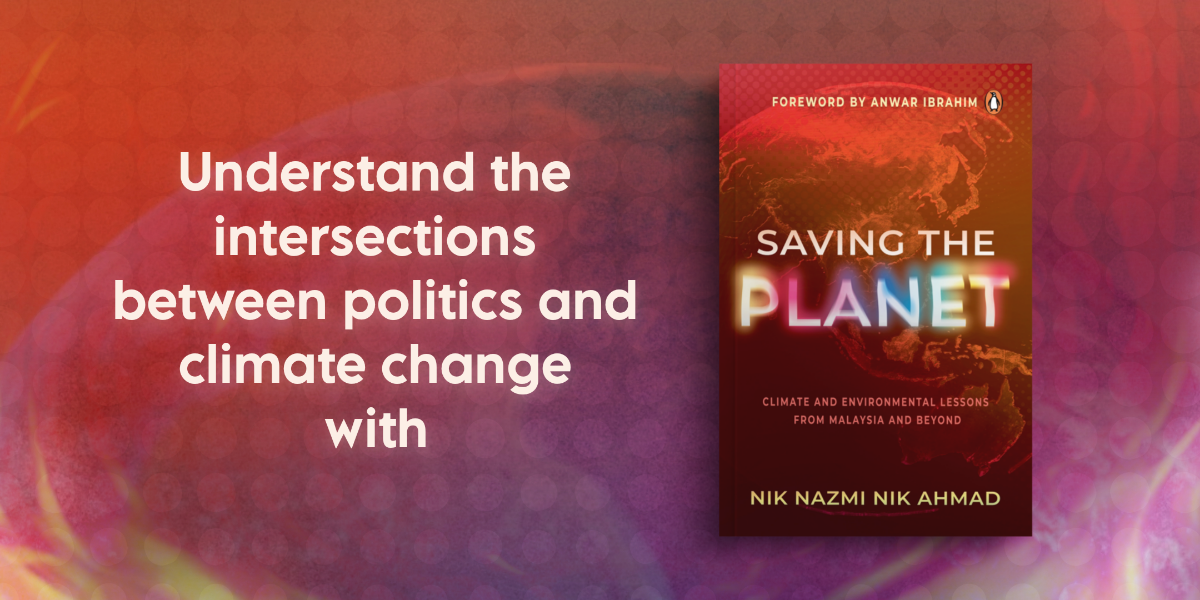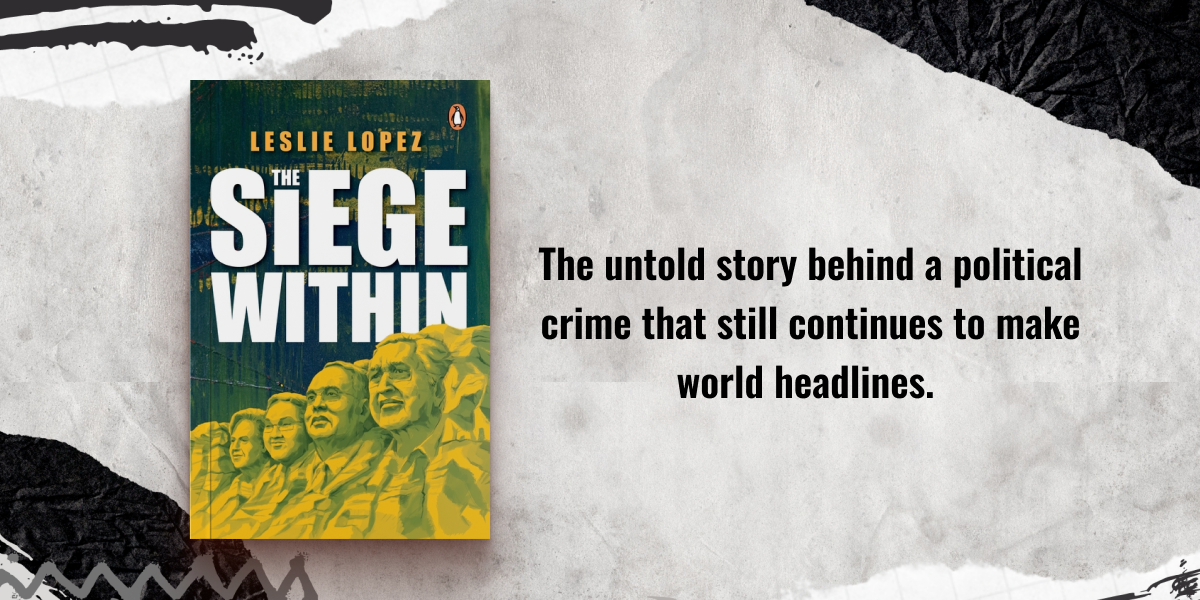The Siege Within is the untold story behind the political crime that continues to make world headlines, and why a nation so full of promise has been brought to its knees. Read an exclusive excerpt from the book below.
***
Two elements are critical in a bond swindle.
The first is securing the right coupon and the YTM rate.
In mid-April 2009, Jonathan Manifold, the head of risk management at AmBank, emailed the bank’s top management overseeing the planned TIA scheme to say he estimated the fair market YTM for the TIA bond issues at 4.72 per cent, based on the 4.72 per cent yield US Treasuries were fetching at the time, and by assigning a so-called 25 basis points spread. This would have roughly been the rate for any typical bond issue guaranteed by the Malaysian government.
But the TIA bond was a lot more. It was an elaborate exercise in fraud to siphon money and to use it to create a political slush fund for Najib. The rate Manifold had recommended would have been devastating for Project Tiara.
This was a huge problem. A higher coupon would be crucially beneficial for the plan to succeed. Never mind that the Malaysian taxpayer would have to pay a high annual rate of interest for the thirty-year bond. The overriding objective was to create conditions that would provide all the latitude for the schemers to structure the deal in ways that would allow them to squeeze money up front.
Manifold’s all-important email on the recommended rate for the TIA bonds quickly disappeared into the ether. AmBank’s Teng and Chan began arguing that the TIA bond proposal was far from being a typical government-backed bond issue.
Further, Teng and Chan had personally lined up four foreign parties that had expressed a keen interest in underwriting the bonds. The only notable name in the list was the BNP Paribas chapter based out of Singapore. The other three were:
- Thailand-based Adkinson Securities, a listed financial outfit that was later renamed Country Group Securities, and which was controlled by the Taechaubol family;
- Little known Shikumen Capital Management Ltd, which was incorporated in the Cayman Islands and had operations in Hong Kong; and
- Aktis Capital Singapore, a financial advisory and fund management outfit headed by banker Cheah Teik Seng, who worked in the Malaysian Finance Ministry and was known to be close to Nor Mohamed.
Now, the second element for the swindle would kick in— the mode of issue for the bonds. Depending on the nature of the bonds issues and arrangers, financial advisors would suggest one of three routes—a Private Placement, a Book Building exercise, or a Bought Deal. A Private Placement by a little-known company known as TIA was likely to face some hurdles. The most obvious track would be Book Building, simply because the bonds would be in keen demand to investors as the papers carried a government guarantee. All AmBank had to do was to underwrite the amount that investors would not have taken up. But there was no money to be made in these two approaches. Low and his team of schemers then decided to cherry-pick elements from all three modes of issue to create a financial structure that would enable them to extract as much as possible from the bond issue upfront.
Project Tiara would apply a Bought Deal, which is usually utilized for cases involving high-yield papers, where the issuer’s credit standing is weak and a higher coupon is required to attract investors.
***
This is Malaysian journalist Leslie Lopez’s first book, and it delves into the writer’s own archives of previously unpublished material to go back in time and show exactly how it was possible for a Malaysian prime minister to envisage his treacherous crime, and then to execute the dastardly deed. Get your copy now.
